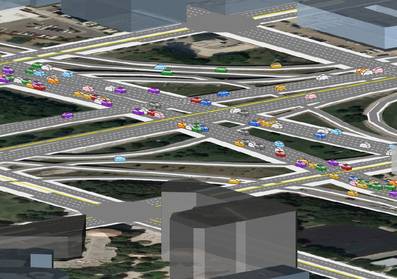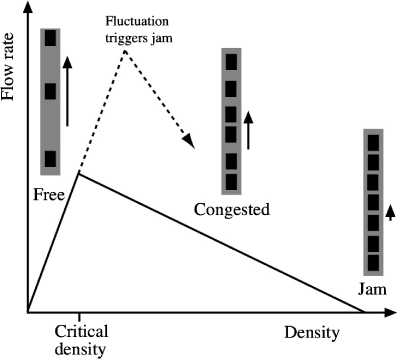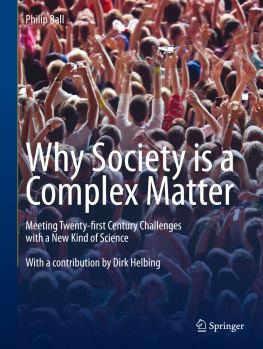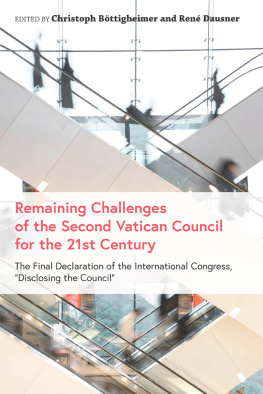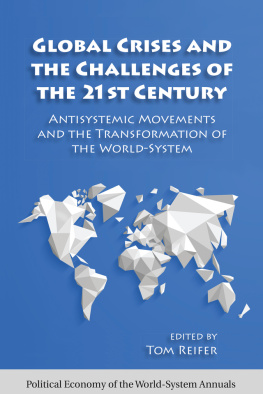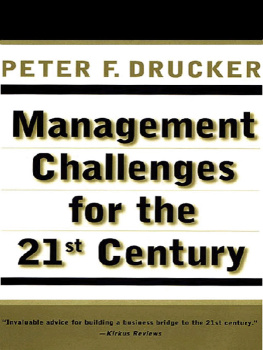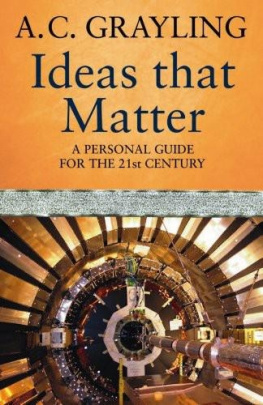Philip Ball Why Society is a Complex Matter Meeting Twenty-first Century Challenges with a New Kind of Science 10.1007/978-3-642-29000-8_1 Springer-Verlag Berlin Heidelberg 2012
1. On the Road: Predicting Traffic
Abstract
Traffic is a problem, and its going to get worse. Drivers in Los Angeles can expect to spend about 56 hours a year sitting in jams, while every day traffic jams block around 7,500 km of roads in Europe. In Germany alone in 2012, the years total jam length amounted to 450,000 km, equal to the circumference of the Earth plus the distance between Earth and Moon. But thats mild compared to the situation developing in China, where in the summer of 2010 there was a single jam on the Beijing-Tibet highway stretching for 60 miles and lasting nine days.
Traffic is a problem, and its going to get worse. Drivers in Los Angeles can expect to spend about 56 hours a year sitting in jams, while every day traffic jams block around 7,500km of roads in Europe. In Germany alone in 2012, the years total jam length amounted to 450,000km, equal to the circumference of the Earth plus the distance between Earth and Moon. But thats mild compared to the situation developing in China, where in the summer of 2010 there was a single jam on the Beijing-Tibet highway stretching for 60 miles and lasting nine days.
Because traffic is one of the simplest and best studied of complex human social systems, it can already be well understood and even predicted. Feedback between real-time monitoring of traffic flows and modelling on computers provides a demonstrated capacity to ease the problems of congestion. Whats more, traffic modelling is suggesting new ways of planning road systems so that they are able to accommodate more vehicles with fewer jams. Better design of road networks, junctions and intersections, along with smart management of traffic signals and regulations and the use of automated driver-assistance technology, can help to relieve the pressures that are currently threatening to overwhelm traffic systems across the globe.
This is much more than a matter of reducing inconvenience for road users. Improving traffic flows by treating them as a complex system could also lead to improved road safety and fewer fatalities, would reduce pollution, and would save economies millions from lost working time and inefficiencies of transportation. In the US, traffic delays are said to cost nearly $ 100 billion each year (a figure that has tripled in three decades), and waste around 10 billion litres of fuel.
Beyond this, traffic flow offers perhaps the perfect metaphor for and illustration of many of the general principles underpinning a complex-systems view of society. In traffic we see how the interactions between many notionally free-thinking agents can give rise to robust and inexorable collective modes of behaviour, along with abrupt switches between those modes in response to small influences a small increase in traffic density, or a minor local disturbance on the highway, say, can plunge moving traffic into a jam. Traffic also illustrates how complex systems like this might be more effectively managed not by top-down control but by faith in the ability of the agents collectively to organize themselves into optimal patterns of movement and behaviour, if the conditions are conducive. In this way, traffic represents a fairly simple case study for validating the general methods and objectives of social complexity science.
Flow States
When we are driving along a road, we are perhaps at our most predictable. No one suggests that our usual autonomy, free will, irrationality or impulsiveness is lost the moment we sit behind the wheel, and yet in general we are prepared to subjugate all this psychological sophistication to the simple demands of the road: we behave as though our only wish is to travel along a linear route from one place to another at a speed that suits us, while avoiding collisions with other vehicles and on the whole not flouting legal constraints. In other words, we are placed in a situation in which our behaviour can be described by a few rather simple rules.
This simplicity supplies the basis of modern traffic modelling. Typically, a traffic model will ascribe to each vehicle a preferred open-road velocity, to which it will accelerate if the conditions allow it. But each vehicle will slow down in order to maintain a minimum separation from the one in front. The precise details of this regime of acceleration and braking may differ from one model to another. In particular, it seems that more realistic behaviour is found if its assumed that drivers also seek a comfortable ride, without jerky speeding up and down. But the basic principles are common to all. It remains then for these simulated drivers to be let loose on a highway system, and to see what emerges.
Traffic models suppose that vehicles move along predefined highways according to simple rules, chosen largely to avoid collisions. (Credit: Courtesy of Argonne National Laboratory - Transportation Research and Analysis Computing Center.)
Early studies using very simple agent-based models of this sort revealed one of the key considerations in traffic flow: changes arent necessarily gradual. You might naively imagine that as the volume of traffic on a road increases, it will gradually get more and more congested. Even if that were so, what it would mean for the overall flow rate (how many vehicles pass a certain point on the road per hour) takes a bit of thought. The more vehicles there are on a certain section of road (the greater the traffic density), the more will pass along it even if their speed remains the same. So the flow rate increases as the density increases. But there comes a point at which the vehicles start to interact: they are so close together that they have to adjust their speed to avoid danger. Then any increase in density is offset by a decrease in average speed, so the flow rate levels off. As the density gets higher, the speed might need to drop to a crawl and eventually to a standstill: the flow rate then drops towards zero.
Yet this switch from increasing to decreasing flow rate as the traffic density increases doesnt happen smoothly. Computer-simulation models imply that there is a critical density above which the flow rate stops increasing and abruptly starts to fall: a capacity drop. This sort of threshold effect a sudden change in the overall behaviour of the system triggered by only a small change in the governing parameters, here the traffic density is typical of complex systems. It is one of the features that can make them hard to predict: such behaviour is said to be nonlinear, meaning that the magnitude of an effect doesnt necessarily follow in proportion to its cause. Precisely the same kind of nonlinearity is familiar in the behaviour of many-particle systems in physics and chemistry, where, as noted in the Introduction, it can give rise to phase transitions such as freezing.
In simple agent-based models of traffic flow, the flow rate (number of vehicles passing a point per hour) increases steadily with traffic density until it reaches a critical value, at which point there may be a switch to a congested state. Then, the flow rate drops as density increases, until finally a more or less stationary jam develops (solid line). But apparently free flow can persist above the critical traffic density (dashed line) unless it is disturbed by some random fluctuation.
